This plan focuses on streamlining the apparatus, improving operational efficiency and quality of public health services. At the same time, it increases the autonomy of units, associated with the orientation of developing a modern and sustainable health system.
After the arrangement, there are only 25 hospitals left under the ministry.
According to the plan proposed by the Ministry of Health , many medical facilities will retain their management model under the Ministry of Health, while some will be merged or transferred to localities and medical training facilities to increase operational efficiency.
Specifically, of the 39 hospitals under the Ministry of Health, the Ministry proposed that 25 hospitals continue to be under the Ministry of Health. Two hospitals will be merged into other units, the rest will be transferred as is or become facilities of other hospitals.
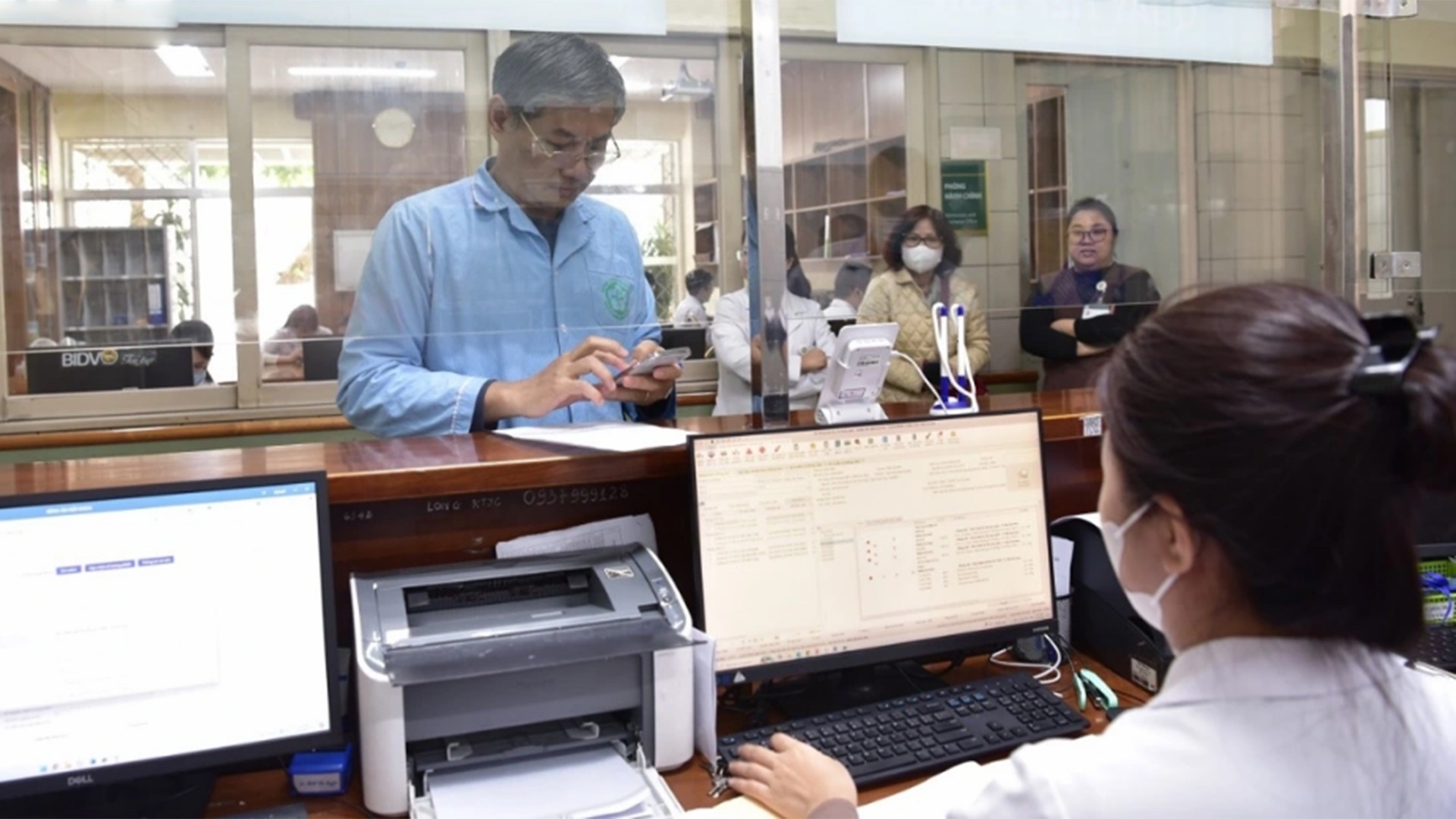
In particular, continuing to be directly under the Ministry of Health includes frontline hospitals such as Bach Mai Hospital, K Hospital, Viet Duc Hospital, National Children's Hospital, National Maternity Hospital, Cho Ray Hospital, Thong Nhat Hospital... to ensure the leading role in treatment, training and scientific research.
Some specialized hospitals will be merged into central general hospitals or large-scale units. For example: Can Tho Orthopedic - Rehabilitation Hospital will be merged into Can Tho General Hospital; Ho Chi Minh City Orthopedic - Rehabilitation Hospital will be merged into Thong Nhat Hospital. Hospital E will become a facility under Bach Mai Hospital, forming a hospital chain model.
Many specialized hospitals are proposed to be handed over to localities in their original state in order to decentralize management and exploitation of facilities. These include the Central Psychiatric Hospital II (transferred to the People's Committee of Dong Nai province), Quy Hoa Central Dermatology and Leprosy Hospital (transferred to Gia Lai province), Central Hospital 74 (transferred to Phu Tho province) and Quang Nam Central General Hospital (transferred to Da Nang city).
The Ministry of Health proposed that a number of hospitals be transferred to become practice hospitals for medical universities, such as the Danang Orthopedic and Rehabilitation Hospital transferred to the Danang University of Medical Technology and Pharmacy; the Central Hospital 71 and the Central Nursing and Rehabilitation Hospital transferred to the Hanoi Medical University.
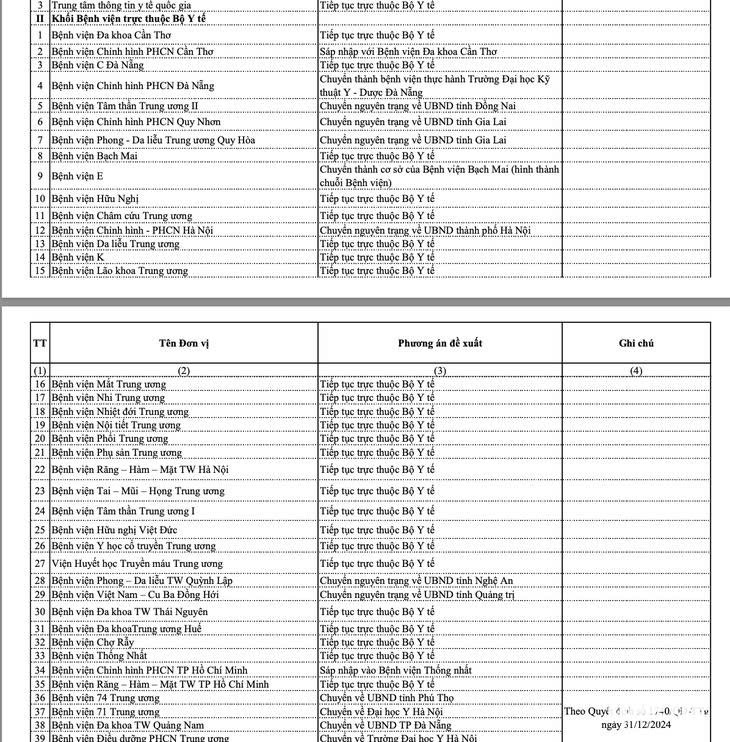
Arrangement of reserve blocks, research and testing institutes
In addition to the hospital sector, the Ministry of Health proposed to reorganize the prevention and inspection system to build a strong national focal point for preventive medicine.
Accordingly, the National Institute of Hygiene and Epidemiology will continue to be under the Ministry of Health and at the same time become the focal point for performing the functions of the central CDC.
The Institute of Nutrition, the Institute of Occupational and Environmental Health and the Central Institute of Malaria - Parasitology - Entomology will be merged into the Central Institute of Hygiene and Epidemiology.
In the South, the Ho Chi Minh City Institute of Malaria - Parasitology - Entomology and the Ho Chi Minh City Institute of Public Health merged into the Ho Chi Minh City Pasteur Institute.
The system of inspection institutes, forensic medicine and vaccine and medical biological product research units is also basically maintained to ensure stability in controlling the quality of drugs, vaccines and food safety.
Arrangement of medical training facilities
The medical training block continues to be maintained, but with adjustments to streamline the network and increase connectivity.
In which, Hai Phong University of Medicine and Pharmacy will receive Hai Duong University of Medical Technology. Hai Duong Central College of Pharmacy will merge into Hanoi University of Pharmacy.
Key universities such as Hanoi Medical University, Ho Chi Minh City University of Medicine and Pharmacy, Can Tho University of Medicine and Pharmacy, Nam Dinh University of Nursing... are still under the Ministry of Health.
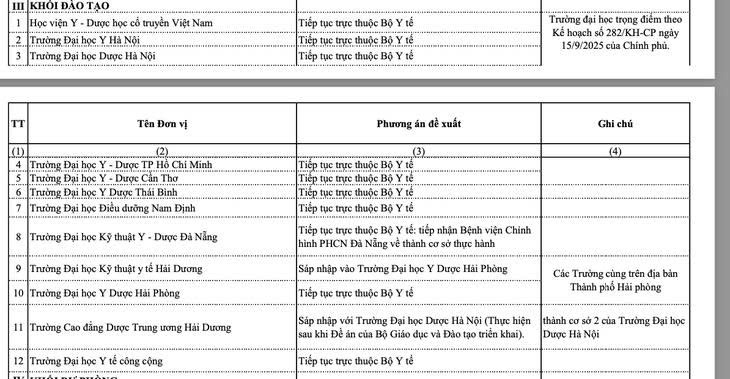
Proposed plan to arrange hospitals under the Ministry of Health.
In addition to hospitals and preventive facilities, the Ministry of Health also reviewed specialized units such as communication centers, organ transplant coordination centers, national drug procurement centers, etc. to ensure the maintenance of essential contacts. Most units are still under the Ministry of Health.
As for the SOS Vietnam system and the grassroots SOS system received by the Ministry of Health from the Ministry of Labor, War Invalids and Social Affairs, the Ministry of Health proposed to transfer the system to the People's Committees of the provinces for management.
This plan is built on a suitable roadmap to ensure succession, avoid disruption of professional activities and best serve the people.
Source: https://baolaocai.vn/bo-y-te-de-xuat-sap-xep-lai-he-thong-benh-vien-chi-con-25-don-vi-truc-thuoc-post884276.html





![[Photo] Ho Chi Minh City is brilliant with flags and flowers on the eve of the 1st Party Congress, term 2025-2030](https://vphoto.vietnam.vn/thumb/1200x675/vietnam/resource/IMAGE/2025/10/10/1760102923219_ndo_br_thiet-ke-chua-co-ten-43-png.webp)
![[Photo] General Secretary attends the parade to celebrate the 80th anniversary of the founding of the Korean Workers' Party](https://vphoto.vietnam.vn/thumb/1200x675/vietnam/resource/IMAGE/2025/10/11/1760150039564_vna-potal-tong-bi-thu-du-le-duyet-binh-ky-niem-80-nam-thanh-lap-dang-lao-dong-trieu-tien-8331994-jpg.webp)
![[Photo] Opening of the World Cultural Festival in Hanoi](https://vphoto.vietnam.vn/thumb/1200x675/vietnam/resource/IMAGE/2025/10/10/1760113426728_ndo_br_lehoi-khaimac-jpg.webp)



















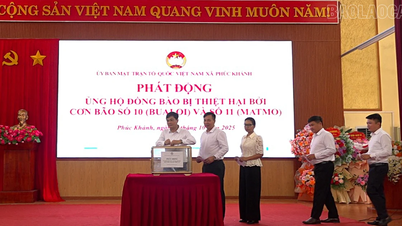


















































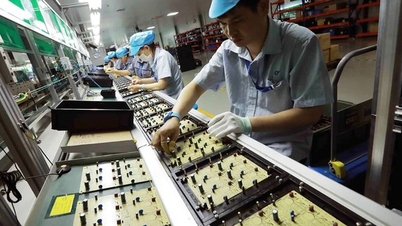
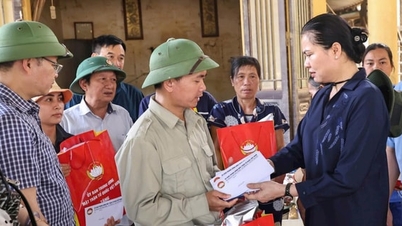



















Comment (0)